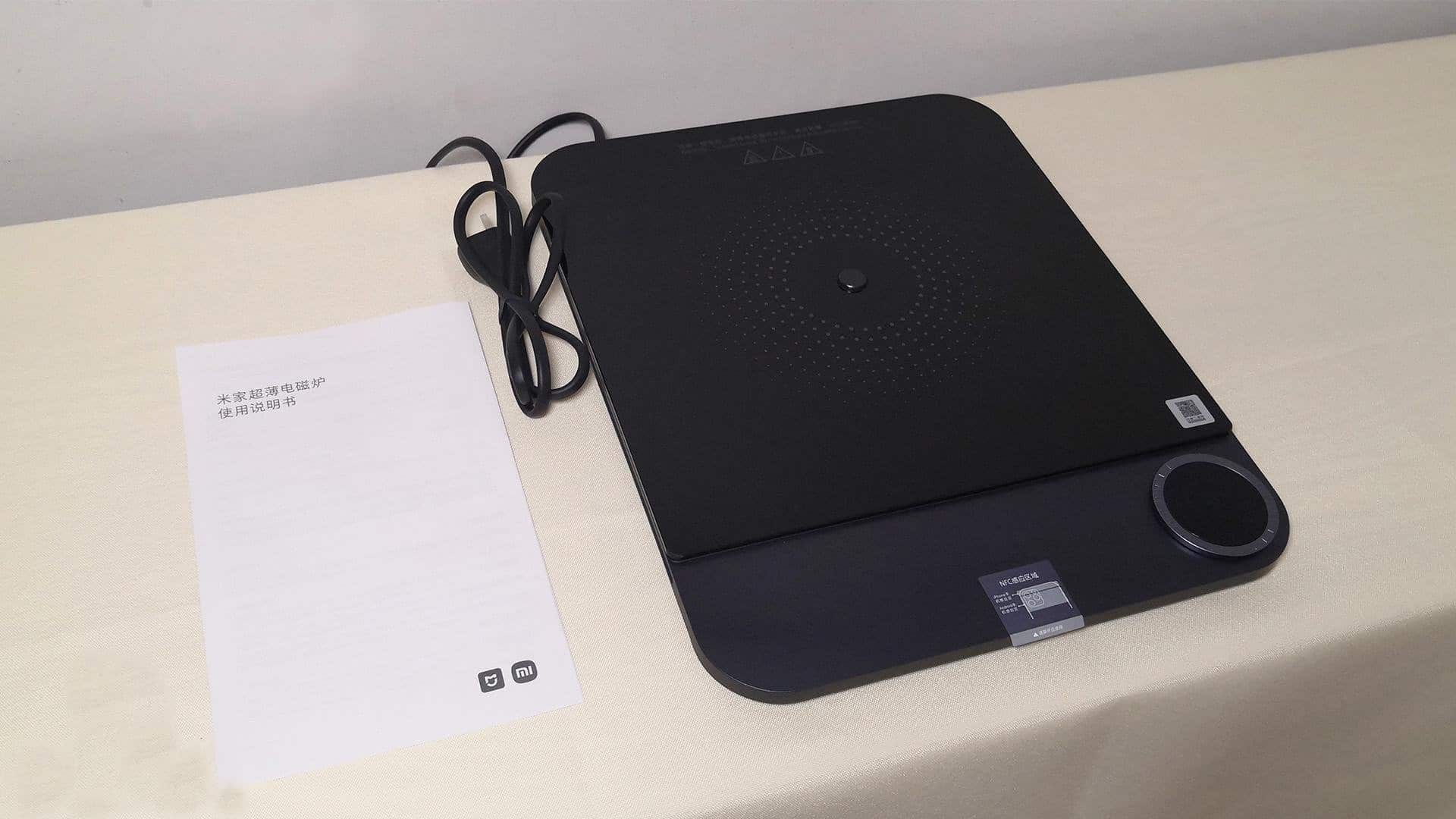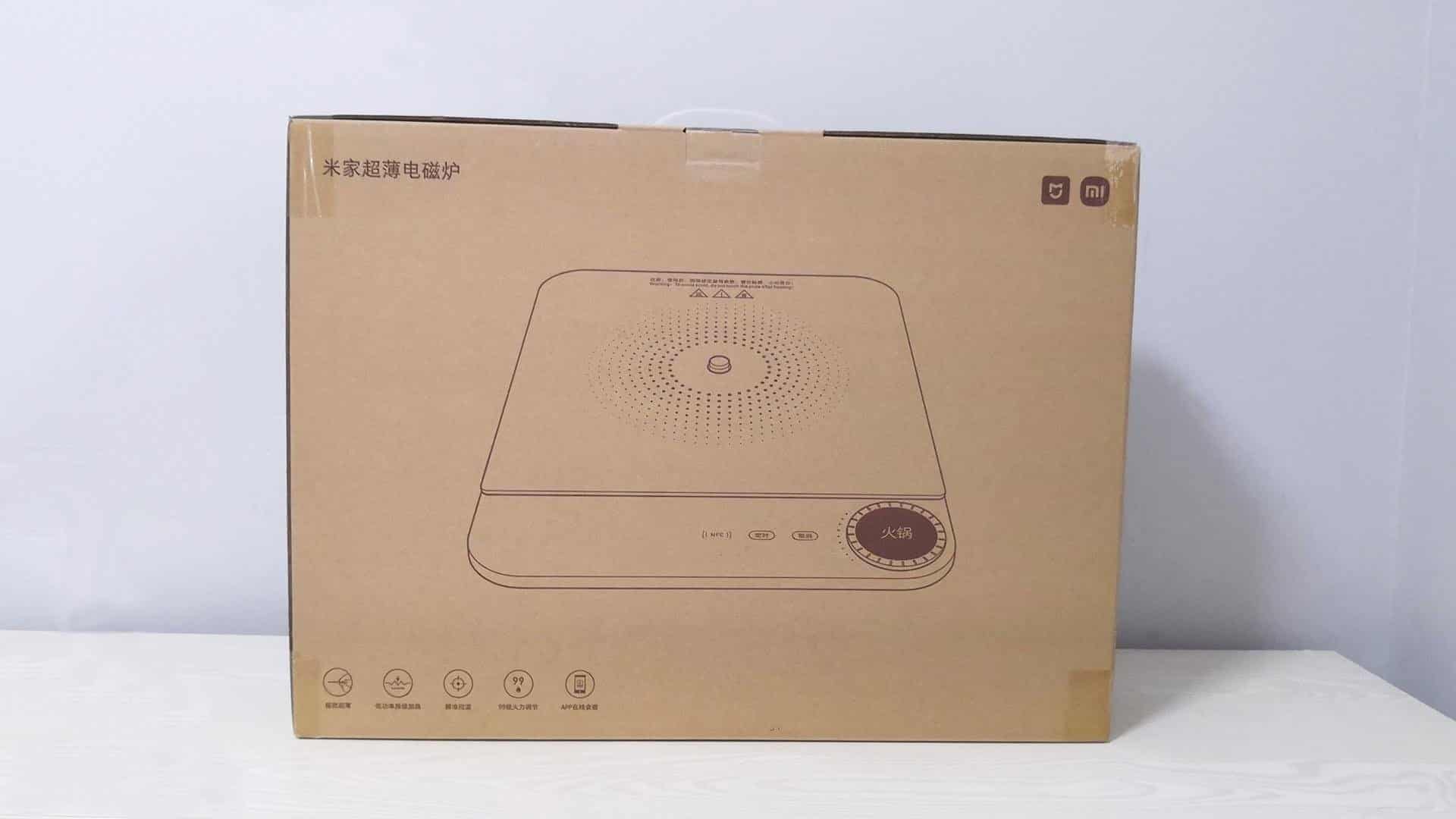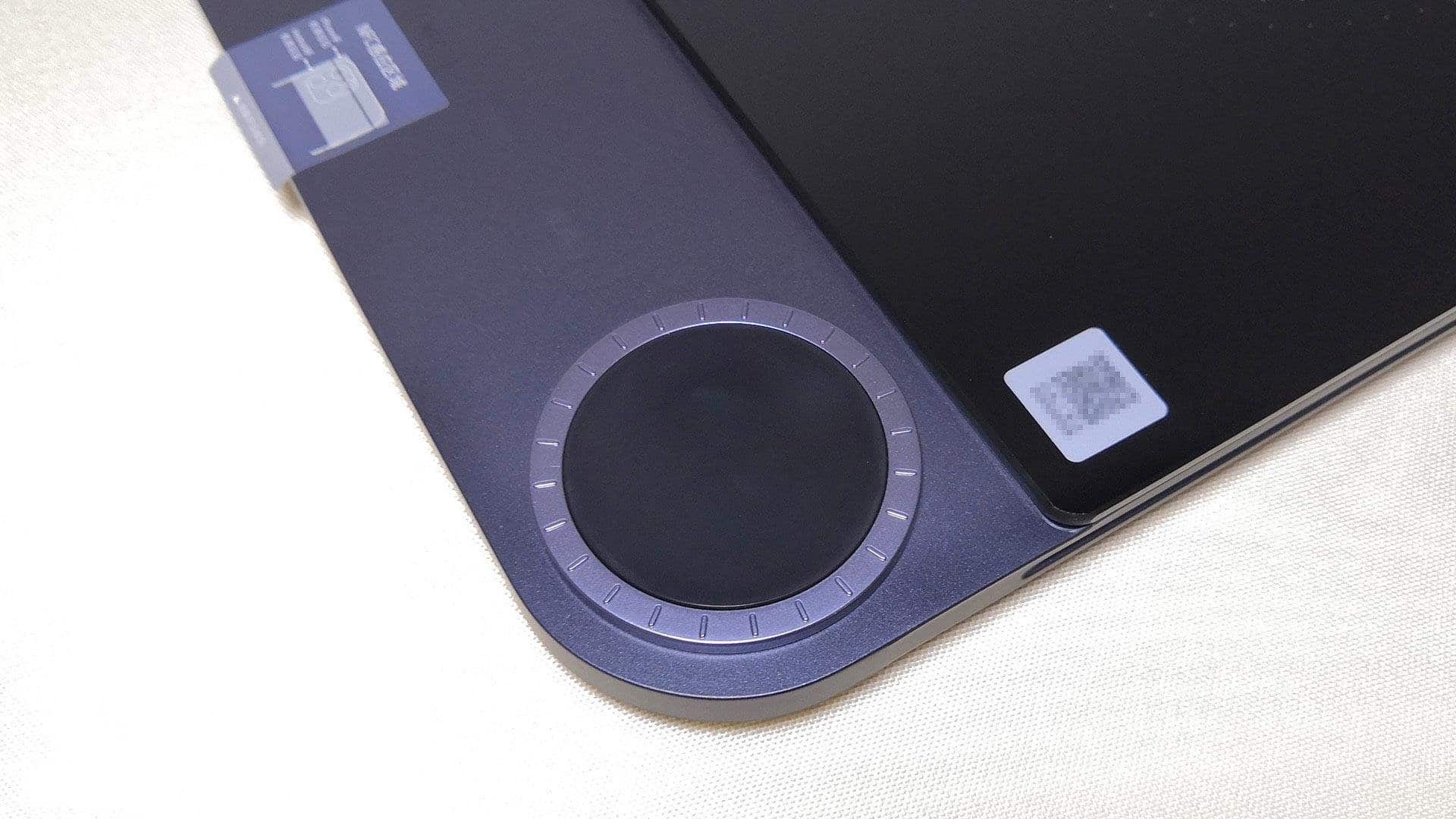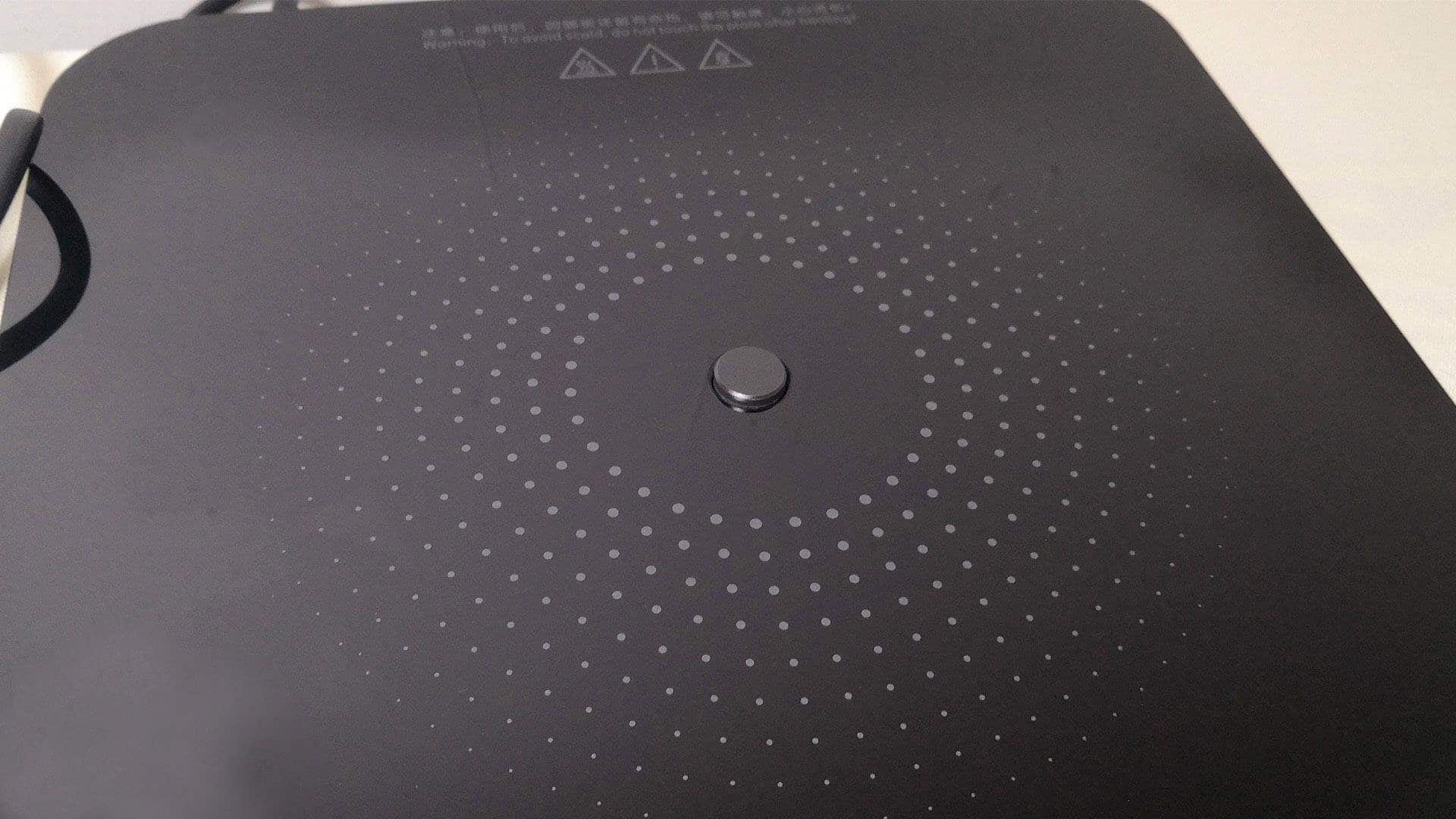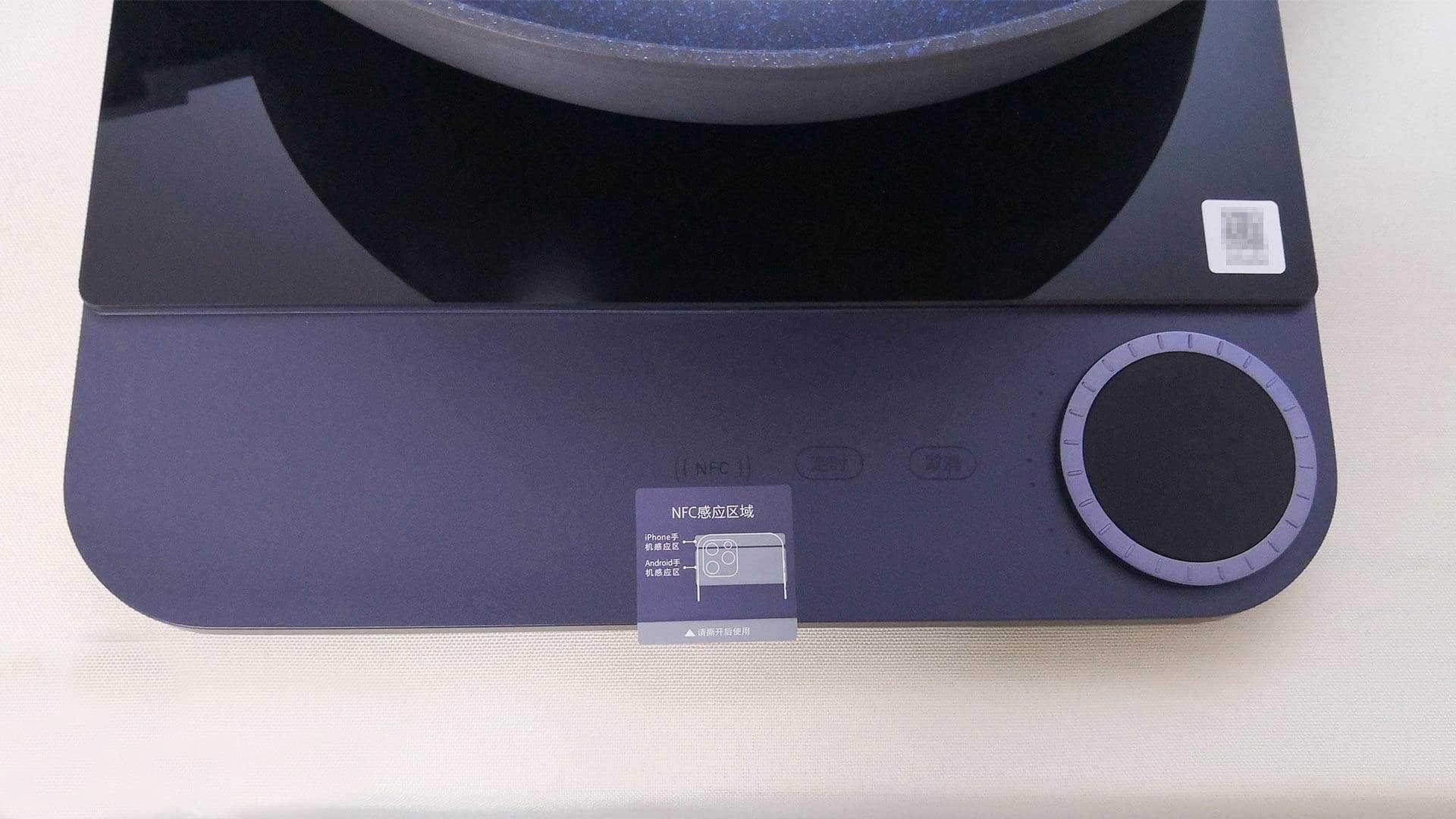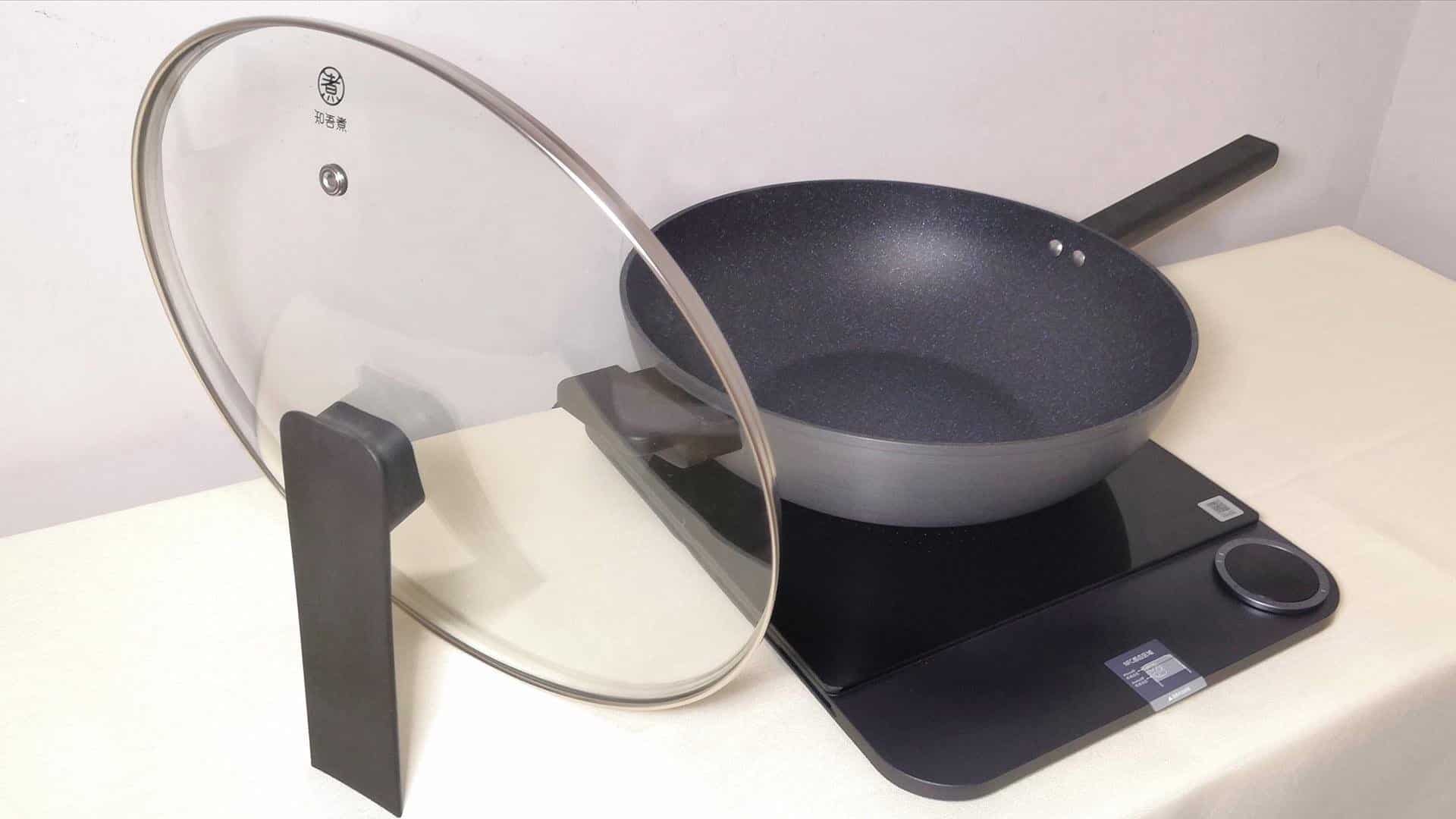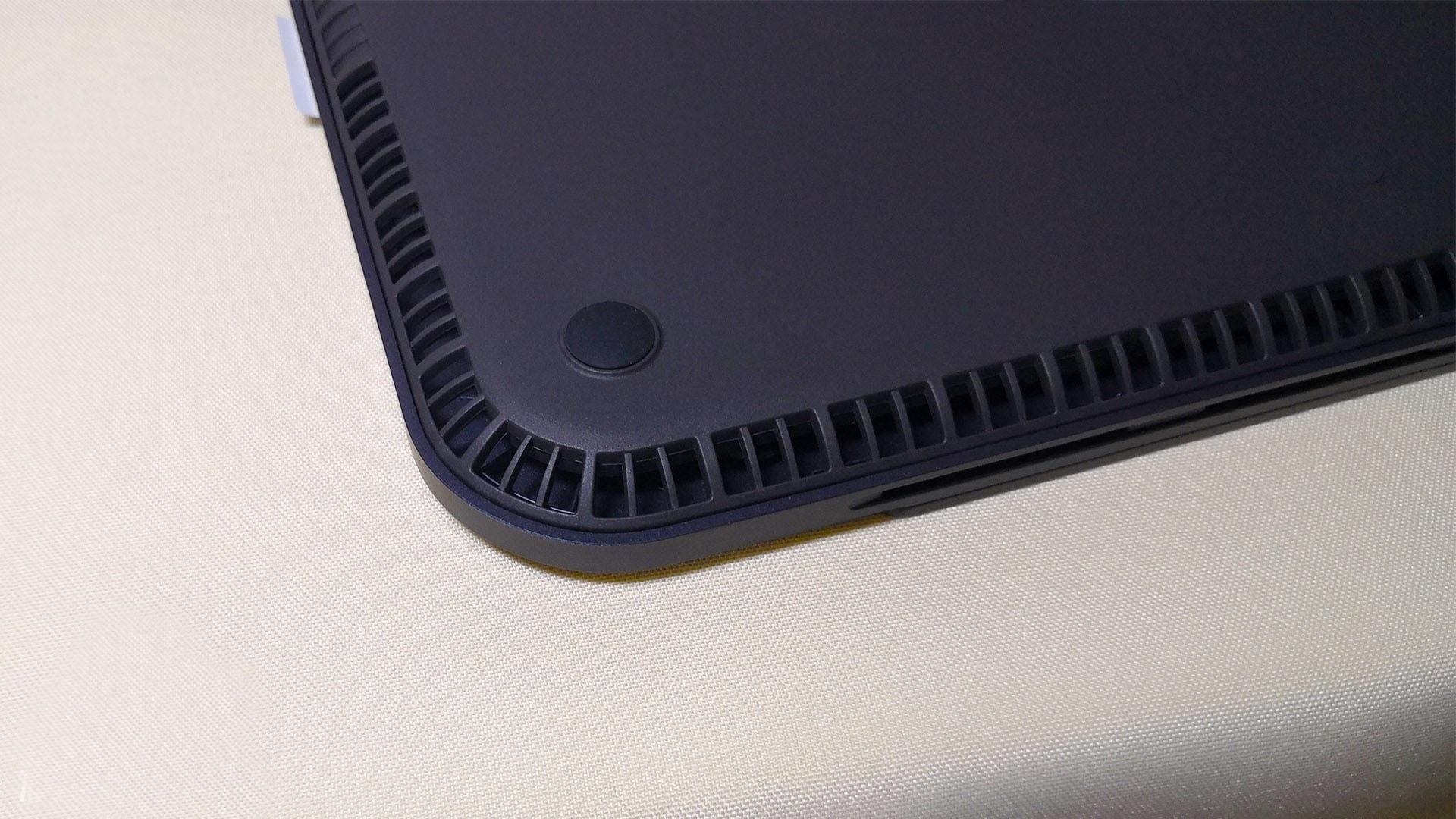They have become a part of the kitchen as much as any other stove, with the added advantage of being more portable. This mobility lets induction cookers afford many flexibilities in cooking, especially when dealing with smaller households where space optimization becomes very important. That’s why we prefer induction cookers. As a dedicated Mi fan, we have followed through with almost all of the products, including induction cookers. Since its first Mi induction cooker, Xiaomi has launched three models. From the very first round design to the second generation double burners in a rectangular shape, they all come with intelligent control, precise cooking, versatile functions, and white as Xiaomi’s signature finish. The third model, however, would be the Mijia ultra-thin induction cooker. It does not have that familiar white finish; it is gray in color, dark gray.
Selling points
When comparing specifications, one of the most striking differences of the third-generation Mijia induction cooker would be its thickness. Measuring only 23 mm, it is thinner than Xiaomi’s portable Bluetooth speaker, which begs the question of how Xiaomi could pack this within such a thin build.
The outer package is quite simple—just a corrugated cardboard box of medium quality, with the same design on both sides. On the box, there are marked five key selling points: ultra-thin design, low-power continuous heating, precise temperature control, 99-level power adjustment, and access to online recipes via the app.
It is enveloped with thick foam inside. There’s simply an instruction manual and the Mijia ultra-thin induction cooker.
Appearance
What attracted me was its appearance. The dark gray makes it every inch as stylish as the conventional white and even less susceptible to soiling. The major control is a flat interface, a third of which on the left is empty, while the rest on the right is occupied with different knobs and sensors showing the temperature of each heating zone. Here again, the layout of this device is much like that of the last two generations, but with only an improvement in quality while manufacturing.
The sensor length is similar to that of previous Mijia induction cookers, which are centralized in the middle of the microcrystalline panel, allowing very high precision in temperature control. This is also one of the indispensable reasons for the excellent performance of Xiaomi induction cookers in low-temperature cooking. It also has the ability to measure the temperature on the bottom of the pot.
It is a knob with a 6 cm diameter, consisting of 24 equally spaced ridges, thus facilitating rotation over the full 360° with a very pleasant feel. Part of the knob is a black circle OLED display, about 4.7 cm in diameter, that acts both as a button and simultaneously as a status indicator. Never before have there been induction cooker controls so well integrated.
What else
On the right side of the knob, there are “timing” and “cancel” touch buttons. Compared with previous models, the third generation of the induction cooking machine has added an “NFC” panel, which enables instant connection with the Mijia app. You just need to tap your phone and you will be able to quickly operate the app’s smart recipe interface.
Without connecting to the Mi Home app, the knob offers five cooking modes: fry, stir-fry, soup and porridge, steam, and hot pot. One can also vary the power output manually. Much like Mijia’s first-gen induction cooker, this super-thin model offers 99 power levels. A slow rotation of the knob will turn the power level up by 1, but with a quick turn, the power level changes immediately in steps 10. The side-indicated lights would also change with a selected power level.
The Mijia ultra-thin induction cooker, with a single disc of densely wound pure copper coil and fully arranged magnetic strips, supports low-power continuous heating of 100W for stewing and braising, while reaching up to 2100W for deep-frying and stir-frying, thus meeting diversified cooking techniques.
An annular heat dissipation outlet at the back of the induction cooker corresponds to a dual DC frequency-changing fan used in laptops, which makes fast cooling possible even within the thin 23mm body.
The mobile app
To connect to the Mi Home app, first reset the Wi-Fi settings, find the “Mijia Ultra-thin Induction Cooker” and follow the system prompts to connect to the network. The connection will allow the use of the “Ultra-thin Induction Cooker” card in the “My Home” interface, thereby providing functions such as smart recipe searching and cooker control from the phone. There are eight categories of recipes: frying, stir-frying, soups, seafood, meat, steaming, stewing, and recommended. Each type of recipe includes ingredient lists with measurements and step-by-step photos for a beginner to learn and improve his or her cooking techniques over time.
In the equipment section, you can select from five preset cooking modes. Choose on your phone and press the button from the induction cooker to start cooking. You may also adjust the power and heating time or compose a new mode per your needs.
We used a 30cm non-stick frying pan to test the smart recipes. It has a 20cm handle and should be comfortable and convenient to use during cooking.
We wanted to cook a few dishes on the app: chicken wings in cola, sweet and sour pork, potato chips, slow-cooked steak, and stir-fried pork with garlic chives. After preparing the ingredients and seasonings following the instructions in the recipe, I started cooking by clicking “Start Cooking” in the app. The name of the corresponding recipe then appeared on the induction cooker’s OLED screen and displayed step-by-step instructions on how to proceed with the cooking process.
The Mijia app provided straightforward steps throughout the cooking process. We also ended up with a bowl of spicy soup. In summary, we used the Mijia ultra-thin induction cooker to cook six dishes without problems.
Conclusion
This Mijia ultra-thin induction cooker is great, thin, and easy to store. It still inherits the smart control characteristics of the previous generation but upgrades the details. The usage is easy, and the process is all technological. we just did dinner with the Mijia ultra-thin induction cooker, supplemented by the non-stick pan. With the tremendous assistance of smart recipes, it became very easy for a person who doesn’t usually like cooking to quickly take charge in the kitchen. we now feel, while using this model, that so much is lacking in the old induction cooker.
